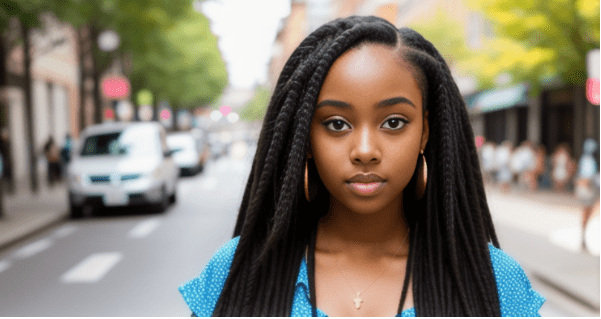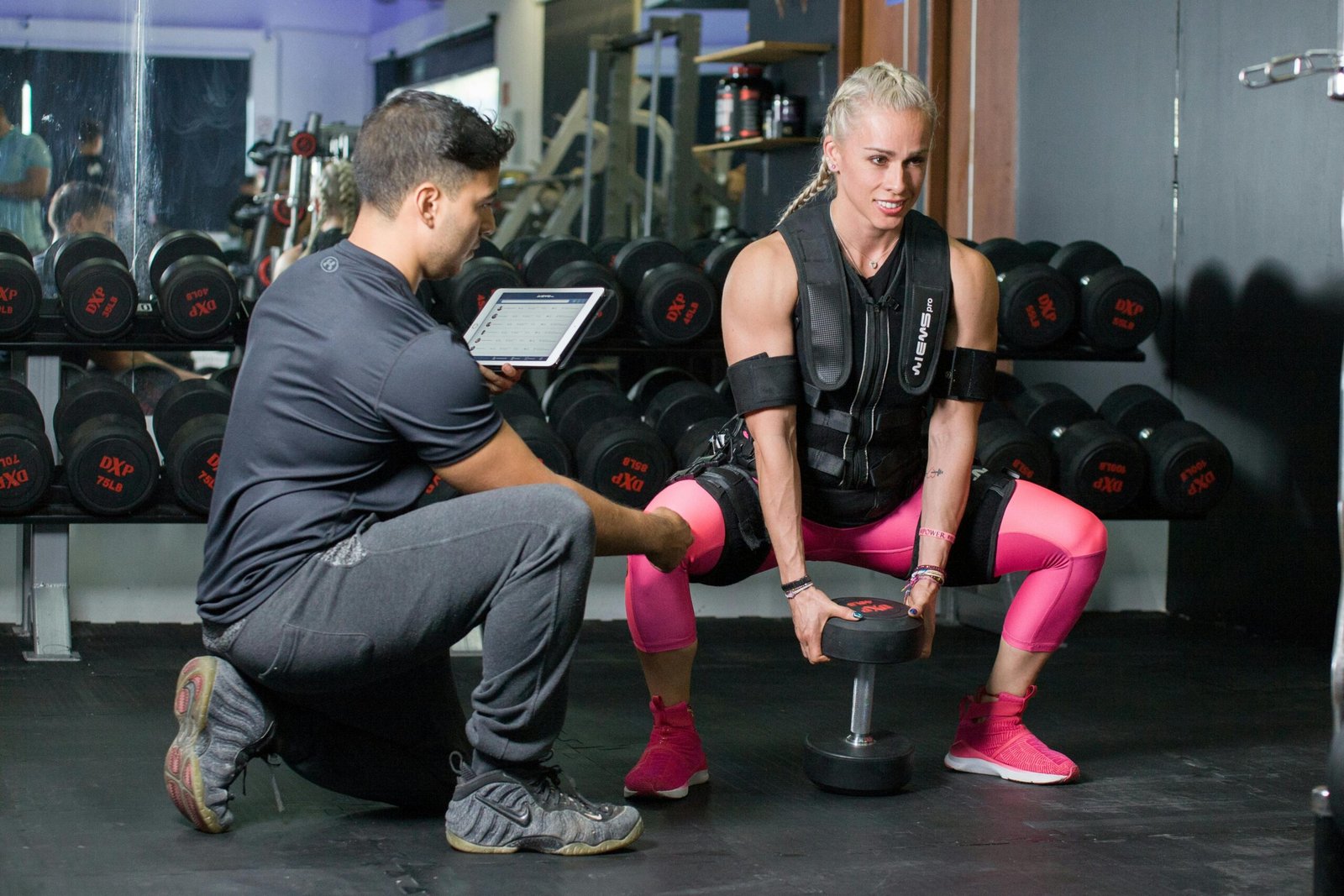In recent years, wigs, weaves, and extensions have skyrocketed in popularity as quick and simple ways to change up your look. For many women with natural hair, however, wearing someone else’s hair for an extended period of time can cause dryness, breakage, and damage. Being a naturalista myself, I enjoy wearing wigs occasionally as a form of protection. But I also adhere to these recommendations to keep my natural hair below healthy.
Find your personal style
The privilege preparation and maintenance of your natural hair are essential for the successful installation and wear of wigs or braids. To prevent excessive stress and breaking, protective style is necessary. Large braids or twists inserted with little stress should serve as the foundation. A smooth foundation that evenly distributes strain is offered by chunky twists, box braids, or cornrows. Finer braids exert more pressure on the scalp and hair follicles, which over time may result in irritation, snares, and breakage. You can find more high-quality wigs by visiting the JALIZA online store. This is one of the premium stores I found this year and they provide good customer service. Various styles and brands are available.
Give your hair a natural protection
To lock in moisture and provide a barrier of protection under your wig, pre-greasing your natural hair with a nourishing cream or oil mixture remains vital. In order to get rid of any product buildup, I start by thoroughly cleaning my hair. After that, I separate my hair into the appropriate cornrows or twists and generously coat each piece with hair cream. Creams with fatty acids, botanical extracts, and amino acids, such as aloe vera, shea butter, and coconut oil, offer excellent hydration and moisture sealing characteristics. The smoothness and luster of mango butter are added.
Because they take up more room between the hair strands and create a better seal, I prefer thick plant-based hair treatments than thinner oils. I use more cream after installing each cornrow or twist to make sure all strands are well covered. At least once per week, I reapply the hair treatment, gently taking off my Bobrina wigs and treating each section before putting them back in place. My natural hair is more flexible because of the added moisture, which helps reduce breaking that might happen from frequent hairdo changes.

Remember to stay relaxed
I always massage my scalp with essential oils prior to putting on my wigs. My hair follicles can be fed while being stimulated by the use of coconut, rosemary, tea tree, or peppermint oils. I prepare my hair and scalp for braiding by concentrating on massaging my scalp for at least 5 to 10 minutes. This assists in reducing braiding tension to a safe level.
Minimize friction as possible
For safeguarding your natural hair and reducing friction, the material used to line wigs inside seems critical. For this reason, I always buy wigs with satin or silk liners. Compared to rougher fibers, these slick, silky materials effortlessly glide over braids and twists, minimizing snagging and pulling. Because of their coarser texture, cotton and polyester liners can grab on natural hair more easily. With continuous use, even the smallest pulls and tugs can put stress on the hair strands and follicles.
When picking wigs, I pay great attention to the liner and make sure it is composed of 100% satin or silk. Silk-like synthetic fabrics frequently lack the same slick smoothness as real silk. To make sure there would be little catching or pulling on my cornrows, I try wigs on at the store or read reviews.
Rest for better work
I try not to stay with my wigs for longer than 4 to 6 weeks at a time. I take off my wig when this time has passed to let my hair and scalp replenish and find their natural equilibrium. With little access to air and organic oils, my natural hair has been imprisoned beneath the wig. They can “breathe” and absorb oils produced by my scalp by taking a rest. I take a rest and then reinstall my Ubraids wig on brand-new braids or twists. It is prevented from accumulating harm over weeks of constant use. To enhance the preservation, growth, and health of my natural texture underneath protective styles, I try to keep my entire wig use duration to 4 to 6 weeks before rejuvenating my own hair.
Remove gently
I take my time and carefully cut the thread or hair ties when I take out my braids or cornrows after wearing a wig for a while. Pulling and breaking the braids unnecessarily can result from yanking them out. Before removing the hair tie, I use a conditioner to get any knots out in each cornrow.
Conclusion
You may actually take a lot of steps to maintain the health of your natural hair even while wearing a wig. There are various ways to maintain healthy hair while sporting a gorgeous haircut, from properly prepping your hair before putting on a wig to keeping your scalp clean and hydrated to taking breaks from wearing wigs. So go ahead and explore with braided wigs, but don’t forget to take care of your natural hair as you go!












